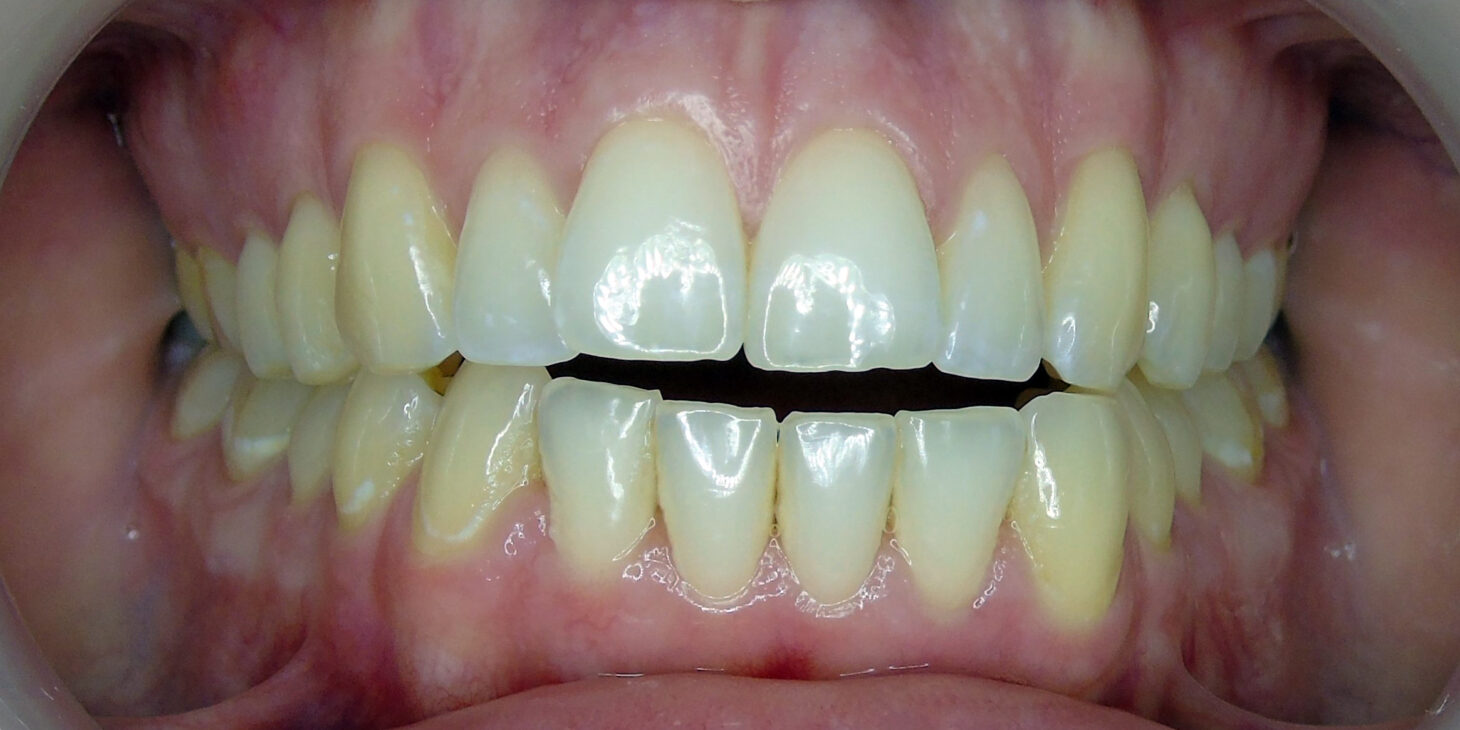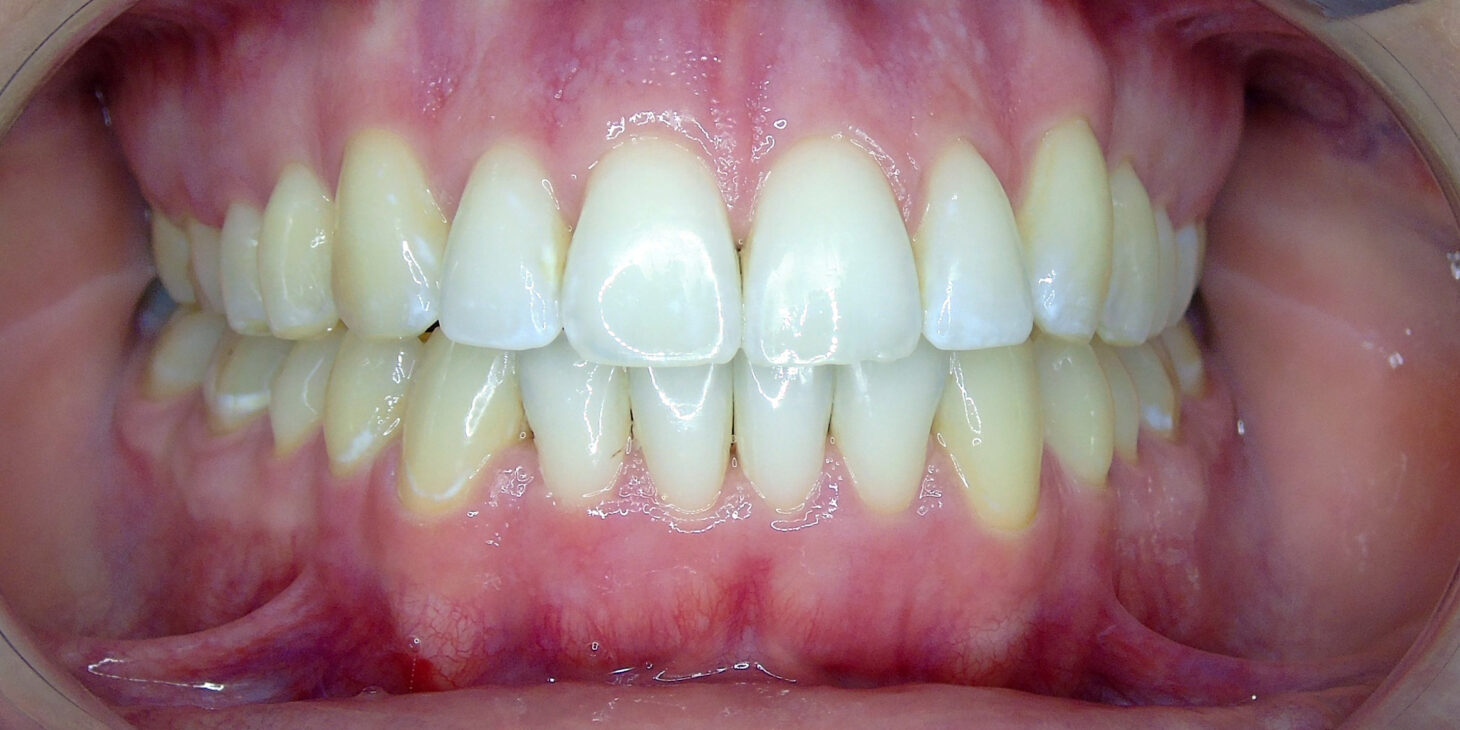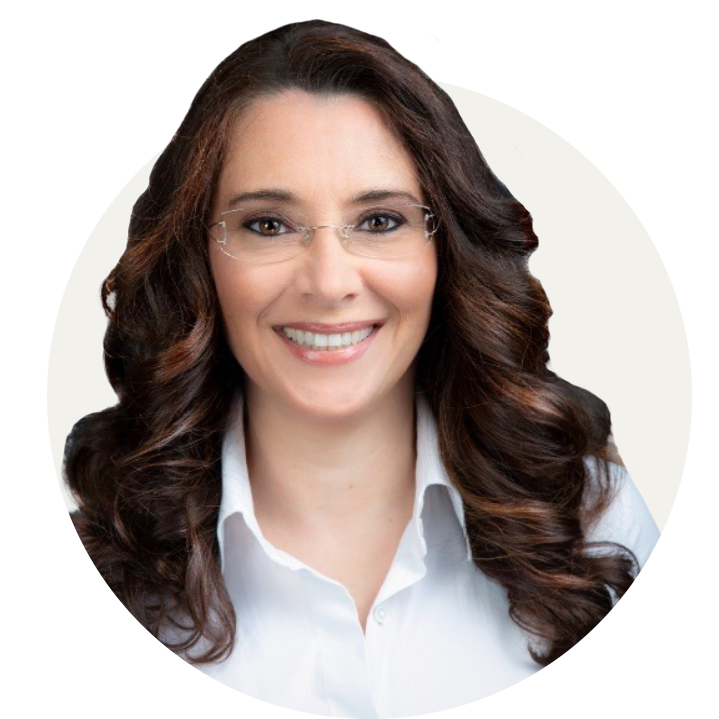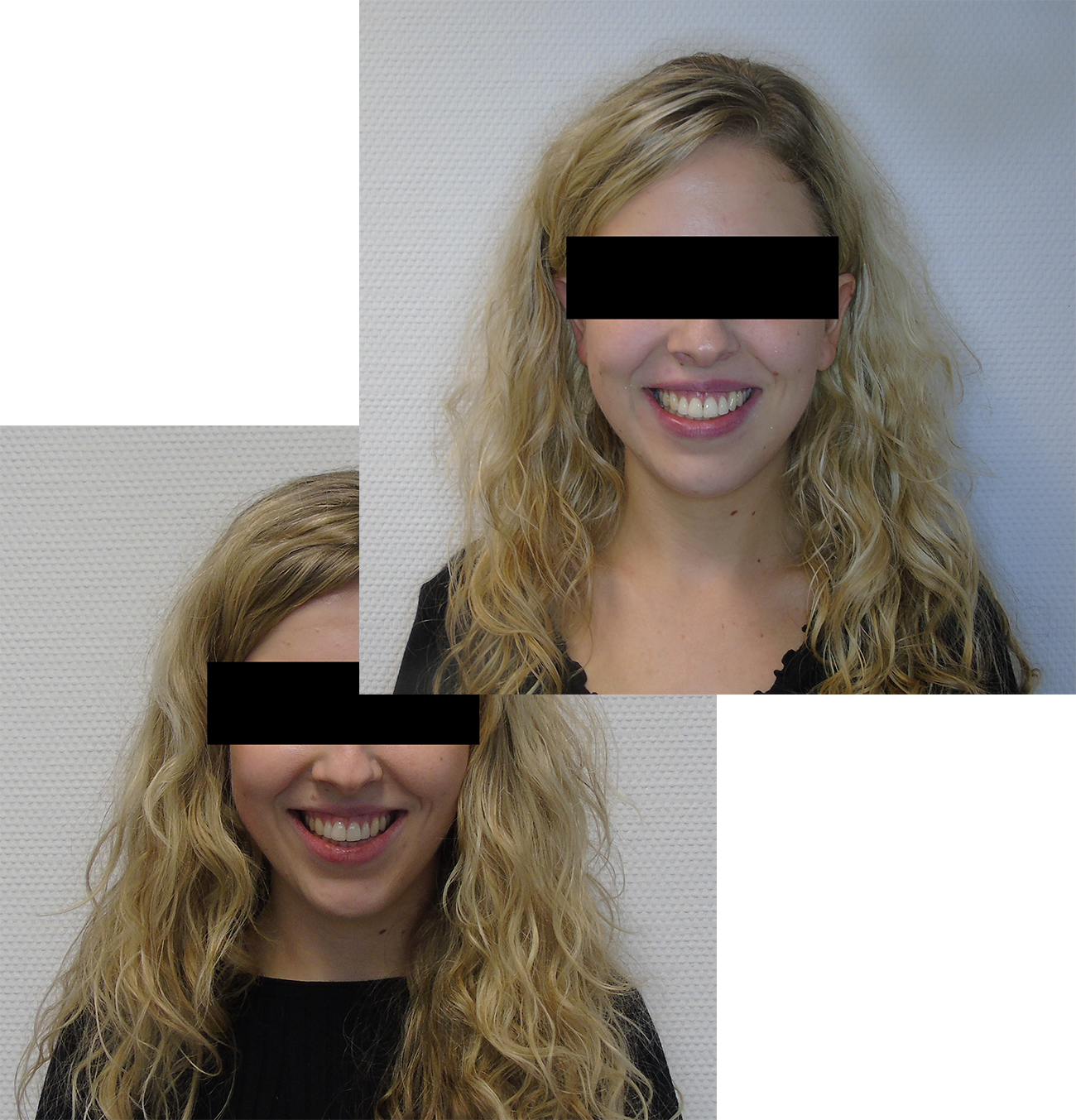CASE REPORT
Spark™
Zaprojektowane tak, aby odpowiadały potrzebom ortodontów

Spark™ Retainers
Designed to keep great smiles

Damon Ultima™
Pierwszy system SL z pełną ekspresją parametrów zapisanych w zamkach

Ormco™ Digital Bonding
Zaawansowany technologicznie zamek ceramiczny o wyrafinowanej wytrzymałości i estetyce

Symetri™
Zaawansowany technologicznie zamek ceramiczny o wyrafinowanej wytrzymałości i estetyce

DEXIS™ IOS
Skanery wewnątrzustne

ZAMKI
Kwintesencja najwyższej jakości i niezawodności.

ŁUKI ORTODONTYCZNE
Przewidywalne rezultaty

PIERŚCIENIE I KORONY
Nowoczesność w zgodzie z anatomią

RURKI POLICZKOWE
Rurki i pierścienie gwarantujące niezawodną adhezję

SYSTEMY ŁĄCZĄCE I KOMPOZYTY
Maksymalna siła adhezji, maksymalna wygoda

APARATY WEWNĄTRZ- I ZEWNĄTRZUSTNE
Prosty, inteligentny i skuteczny projekt

PRODUKTY HORYZONTALNE
Odkryj wszystkie linie naszych produktów pomocniczych



















